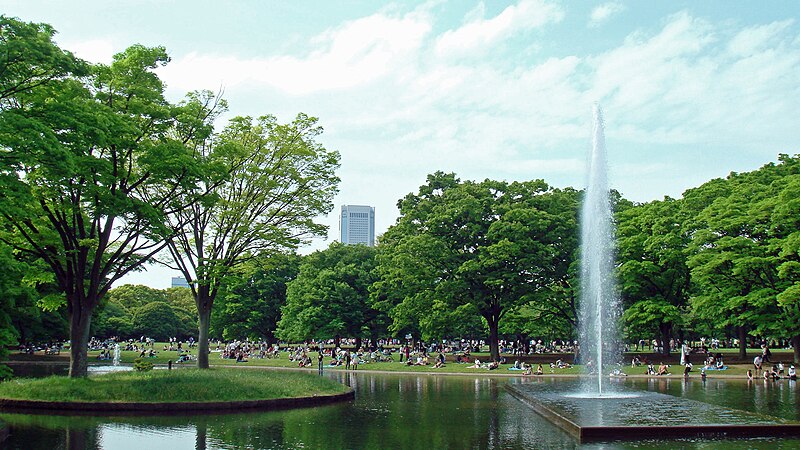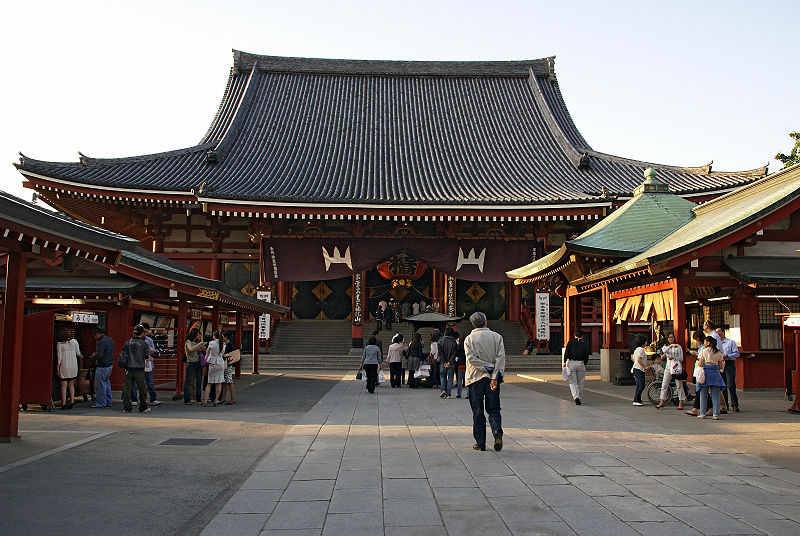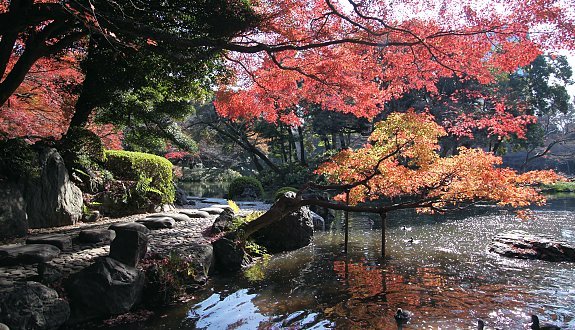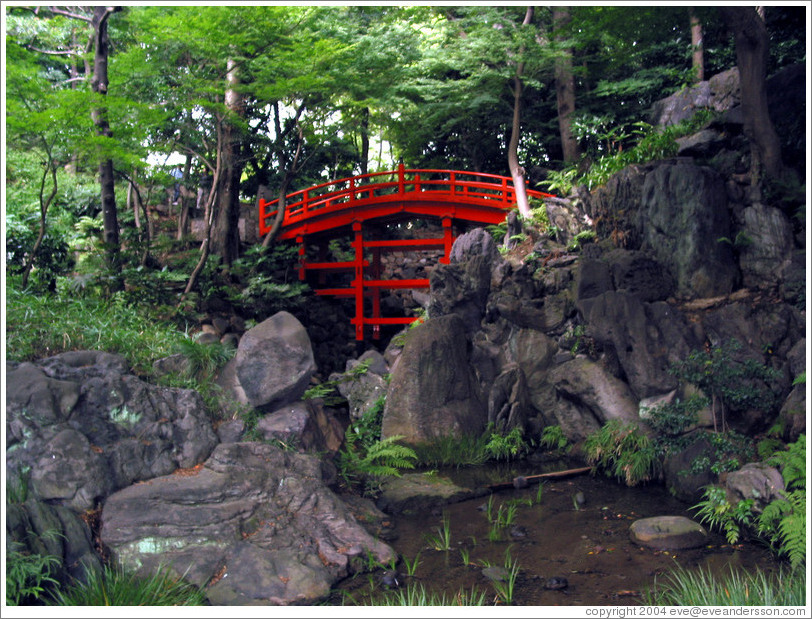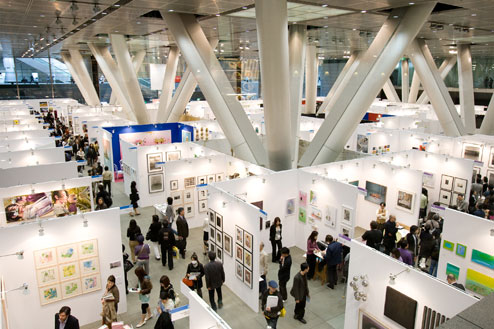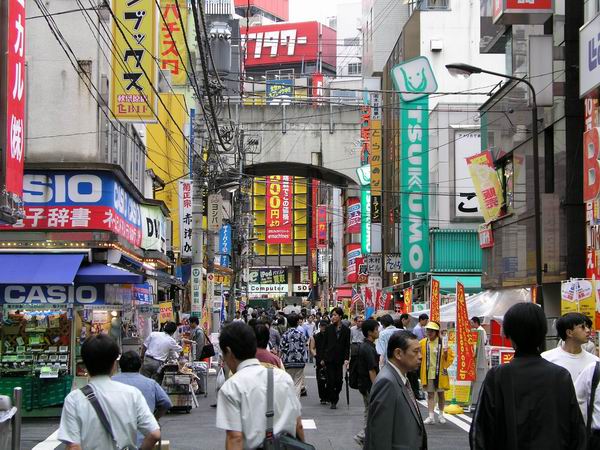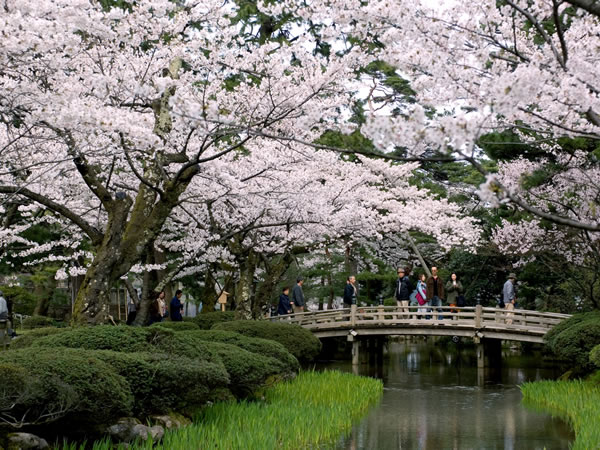.jpg)
2. Okonomiyaki - "Okonomiyaki is a popular pan fried food that consists of batter and cabbage. Selected toppings and ingredients are added which can vary greatly (anything from meat and seafood to wasabi and cheese)."
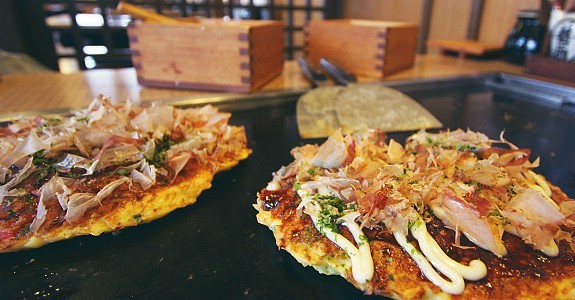
(I've actually cooked Okonomiyaki before and loved it, but I would love to have it cooked by a professional)
3. Taiyaki - "Taiyaki (たい焼き , literally "baked sea bream") is a Japanese fish-shaped cake. The most common filling is red bean paste that is made from sweetened azuki beans. Other common fillings may be custard, chocolate, or cheese. Some shops even sell taiyaki with okonomiyaki,gyoza filling, or a sausage inside."

4. Japanese Croquettes - "Korokke is not an original Japanese dish. There are many different kinds of korokke today, varying in their fillings. The recipe below introduces you two of the most popular kinds of korokke: white cream korokke and meat potatoe korokke."
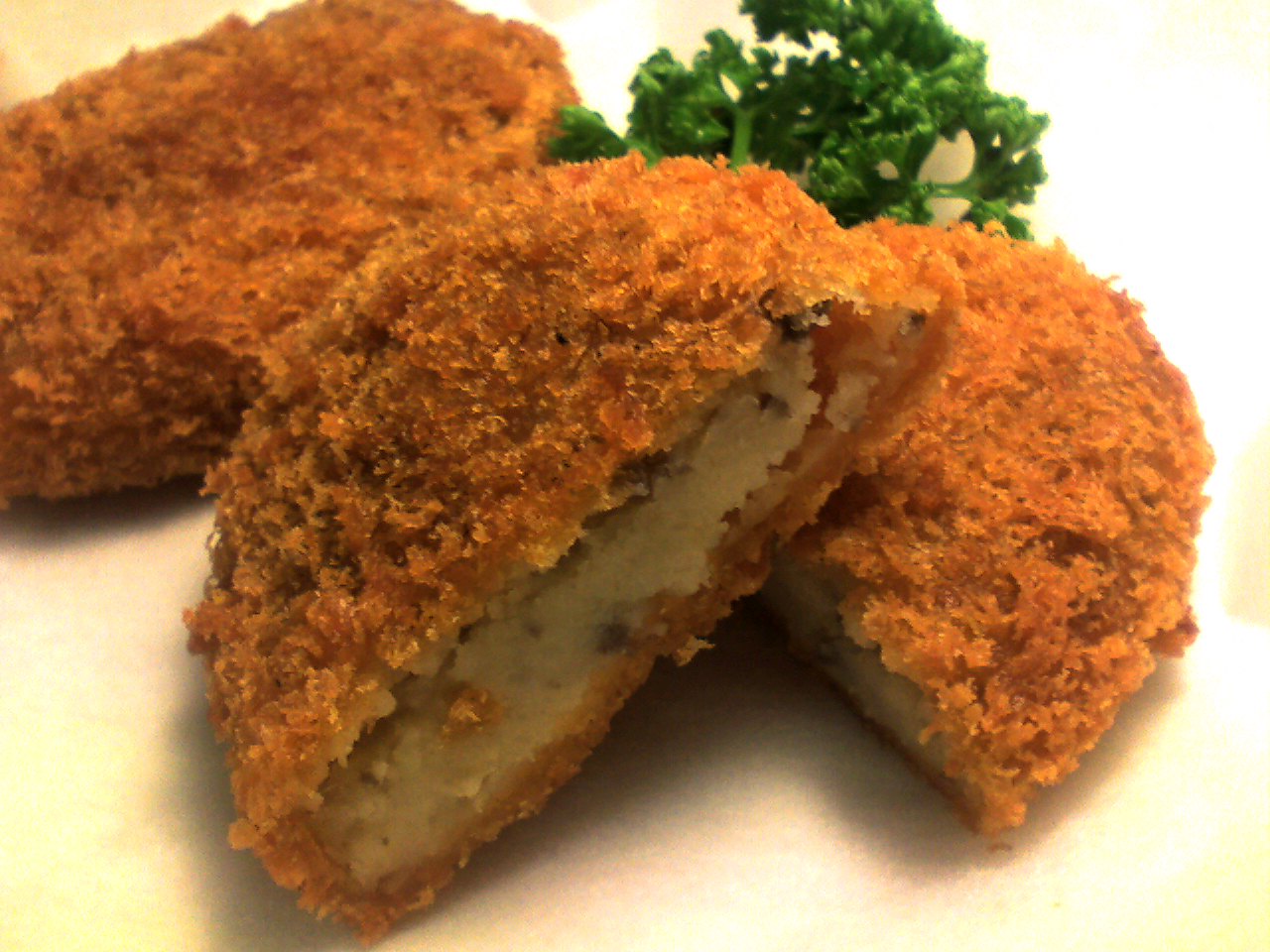
4. Gyoza - Gyoza originated in China, but as with many other things it's gotten assimilated into everyday Japanese cooking. The filling is usually pork based, with cabbage, green onion, garlic or garlic chives, and ginger, though there are variations.

5. Ramen - "Ramen noodles are about as thin as spaghetti and are served in a soup that varies based on region, city and even specific vendor."

6. Vegetable Japanese Sushi - (I don't like fish)

7. Yakisoba - "It is prepared by stir frying ramen-style noodles with bite-sized pork, vegetables (usually cabbage, onions or carrots) and flavoured with yakisoba sauce, salt and pepper. It is served with a multitude of garnishes, such as aonori (seaweed powder), beni shoga (shredded pickled ginger), katsuobushi (fish flakes), and mayonnaise."

8. Japanese Curry - One of my favourite meals ever is the Yasai or Chicken Katsu Curry from Wagamama's or Yo!Sushi, however, I know that this recipe will have been westernised and I'm thoroughly looking forward to trying a Traditional unwesternised version of my favourite dish :)

9.Onigiri - "Onigiri (お握り or 御握り; おにぎり), also known as omusubi (お結び; おむすび) or rice ball, is a Japanese food made from white rice formed into triangular or oval shapes and often wrapped in nori (seaweed)."

I have a feeling that I'll be eating a lot of Onigiri as it's easily picked up in convenience stores for cheap, and they're meant to be filling :)
10.Yakitori - "Yakitori (焼き鳥/やきとり/ヤキトリ), grilled chicken, is commonly a Japanese type of skewered chicken. The term "Yakitori" can also refer to skewered food in general"

11. Nikuman - "Nikuman (肉まん; derived from 肉饅頭 niku (meat) manjū) is a Japanese food made from flour dough, and filled with cooked ground pork or other ingredients."
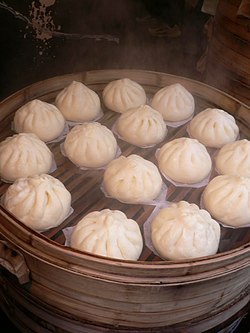
12. Japanese McDonalds!!! - No, seriously. Look at this, their twist on the apple pie. (They do still serve the Apple Pies though)

13. Japanese Vending Machine Meal - Again, seriously, I'm not expecting anything great but it's totally worth a shot. Hot Food (Left), Cup noodle - Japanese Style (Right).





14. Tonkatsu (Pork cutlet) - It consists of a breaded, deep-fried porkcutlet one to two centimeters thick and sliced into bite-sized pieces, generally served with shredded cabbage and/or miso soup.

... This blog post has made me hungry.






